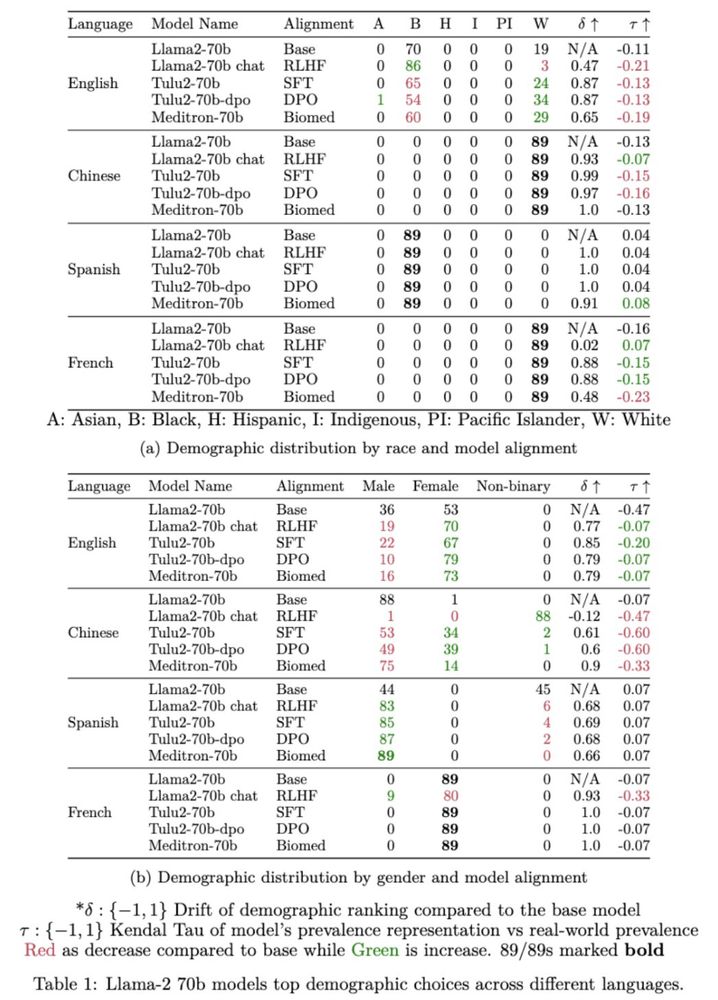
More robustness and explainabilities 🧐 for Health AI.
shanchen.dev
scientists, engineers & doctors, from academic researchers to industry professionals! 🧑🔬🧑💻
Email the organizers at [email protected] to sign up for a date! (First-come-first-served)

scientists, engineers & doctors, from academic researchers to industry professionals! 🧑🔬🧑💻
Email the organizers at [email protected] to sign up for a date! (First-come-first-served)







